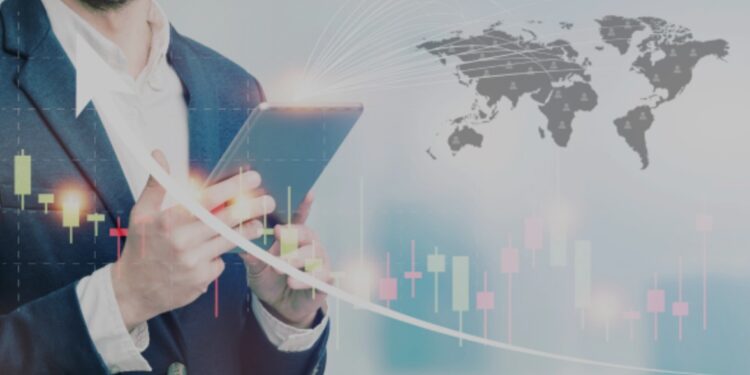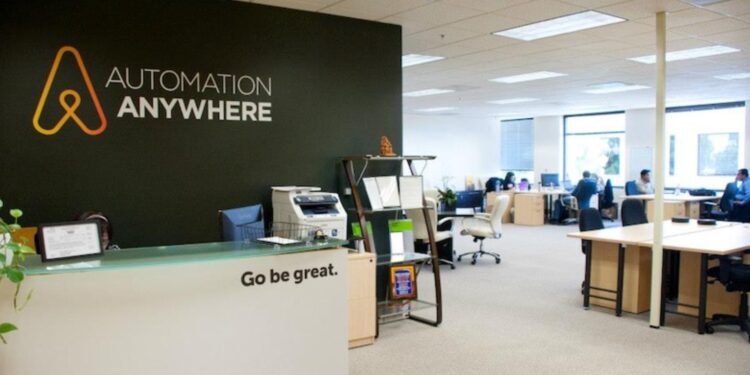As we enter 2025, business leaders are confronted by a complex and interwoven mash-up of risks that touch on cybersecurity, AI and geopolitics. In rival markets and the interconnected world: Behind Every Challenge Is an Opportunity! Sailing through this turbulent world calls for proactive approach, strong resilience and adaptive out-of-the-box thinking.
Cyber Threats: The Changing Face of the Cyber Battlefield
The digital threat environment is constantly evolving and adversaries are becoming increasingly sophisticated, deploying the latest artificial intelligence (AI) to conduct their cyber offensives. Ransomware, phishing, supply chain attacks and deepfakes are among the known threats that are going to stick around. This situation is further exacerbated by increased cyber warfare by nation-state actors against critical infrastructure and sensitive information.
Cyber threats in the digital realm are increasingly complex, with criminals adopting new forms of technological tricks such as artificial intelligence (AI) to carry out more intricate attacks. Ransomware and phishing attacks, supply chain attacks and deepfakes, for example, are all expected to continue. Of nation state actors are also increasing their cyber war efforts, attacking critical infrastructure and sensitive data.
To address these hazards, companies should focus on enhancing their cybersecurity positions. With all of this, even more of a priority must be placed on operationalizing AI for defensive means – this includes building your IAM strategy around a zero-trust model and ensuring you have the best talent available in the field.
Regular security audits, strong incident response plans, and on-going employee training on the latest threats are key. Additionally, cautious vendor and partner risk assessment and open lines of communication with all third-party partners are necessary for securing the extended supply chain.
AI Risks: Aligning Innovation with Value
While AI presents unprecedented values in enhancing efficiency and innovation, it also raises new concerns toward privacy, fairness (e.g. bias), transparency, and accountability. Roughly translated, the rapid pace of generative AI means that companies are going to have to grapple with issues including “shadow” use of AI by employees and questions of ethics around AI-enabled decision-making.
Leaders must establish transparent AI polices which define what is acceptable usage and handling of data. It’s critical to continuously monitor AI systems, rigorously audit vendors who are your AI partners and even stress-test AI outputs.
What we should concentrate on is building “responsible AI” — systems that are fair, transparent and safe. By putting a price on AI-related risks, leaders can make informed strategic choices and decide which safeguards to implement before serious harm is done.
Geopolitical Risk Navigate to a Fragmented Globe
Key Geo-Political Environment in 2025 The mortgage crisis and Great Recession, created a new wave of protectionist trends along with a re-alignment of global power centers and in the past few years that has brought up regional power shifts as well. With changing global landscape, uncertain regulatory environments and possible supply chain interruptions, businesses must anticipate such challenges.
Key recommendations are to diversify markets and supply chains in order to avoid over-reliance on certain regions, look into nearshoring, and pay more attention to respecting local and international regulations. Stripping out due diligence (political risk assessments and scenario planning are both key pre international expansion) is a risky recipe.
Regional trade agreements They can also take advantage of regional Free trade agreements for preferential market access and lower tariffs. As well, embracing ESG (Environmental, Social, and Governance) principles can boost reputations and keep Alberta’s world-class resource companies in-step with global regulatory practices, all the more vital in an unstable world.
By embedding these strategies, business leaders will be positioned to turn potential threats into opportunities and continue to remain resilient in 2025 and beyond.
This news report summarizes how business executives can tackle the key threats of cyber, AI, and geopolitical risks by the year 2025. It highlights major approaches for the different dimensions, 22 focussing on proactive response, responsible innovation, and resilient operating models.
















